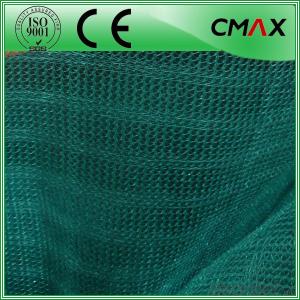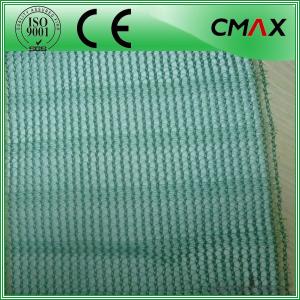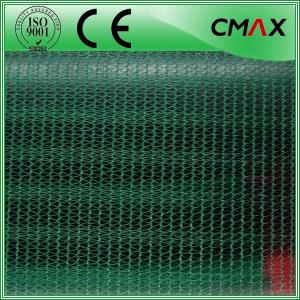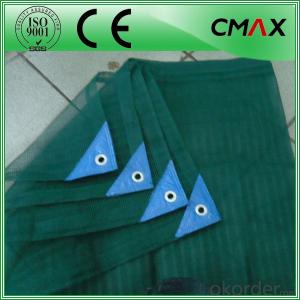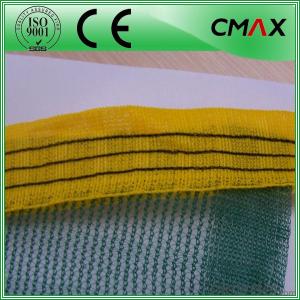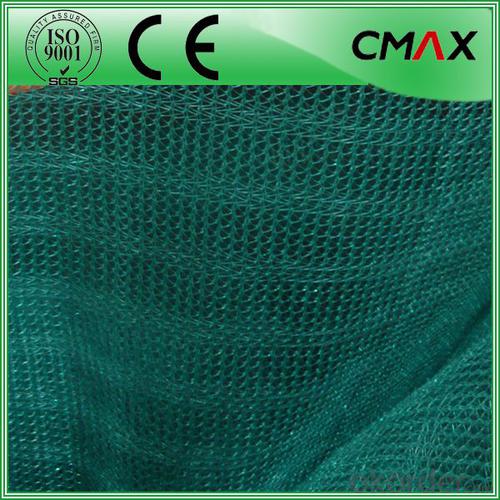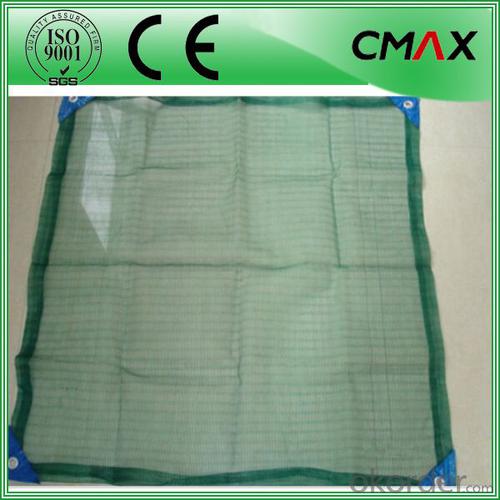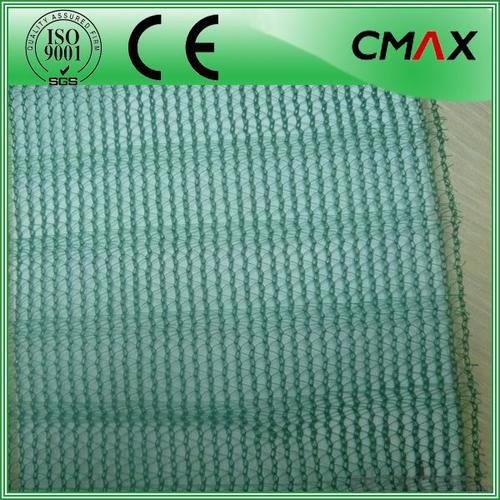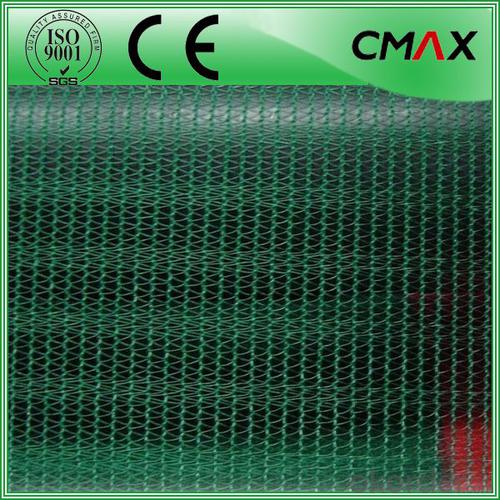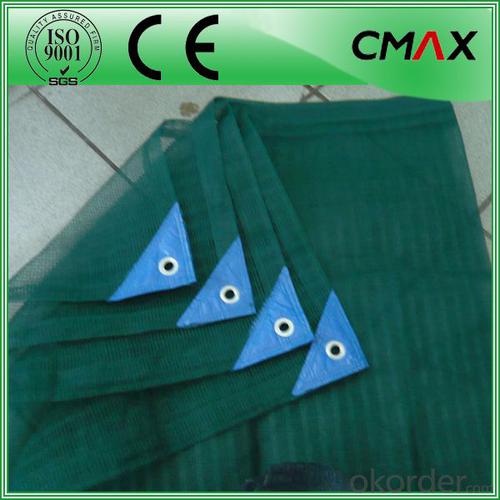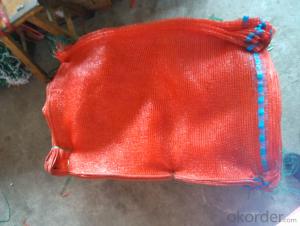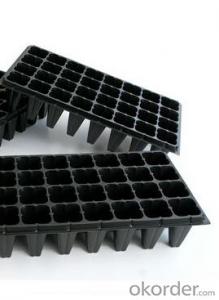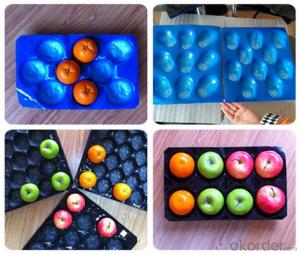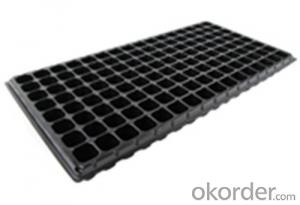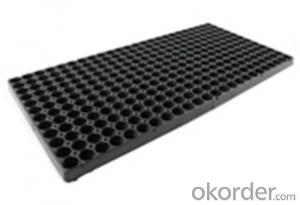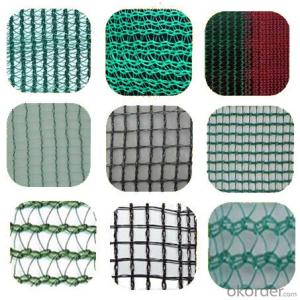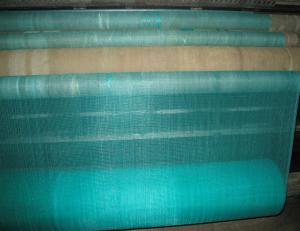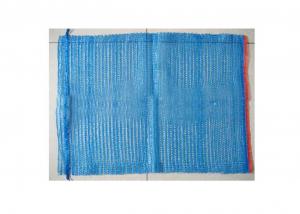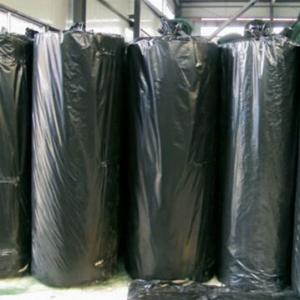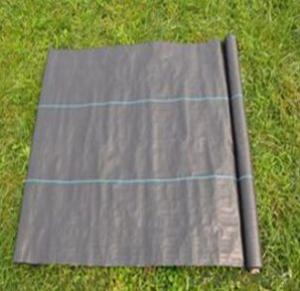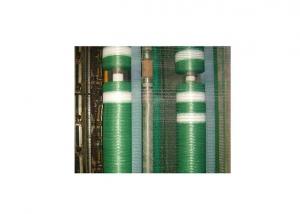90g 100g 150g/m2 Olive Collecting Net with UV Protection in Pieces
- Loading Port:
- Wenzhou
- Payment Terms:
- TT OR LC
- Min Order Qty:
- 100 m²
- Supply Capability:
- 1000000 m²/month
OKorder Service Pledge
OKorder Financial Service
You Might Also Like
90g 100g 150g/m2 Olive Collecting Net with UV Protection in Pieces
Production Description:
These nets are entirely made of UV stabilised polyethylene monofilament. The nets available have various kind of meshes in order to optimise the different harvesting methods of olives and fruits. Every net is suitable for a different application such as natural falling harvesting, hand harvesting or mechanised harvesting. The nets are available in different weights and colours and can be supplied in rolls or in sheets already stitched together with or without central vent.Olive collection net are used not only for the olive harvest, but also to gather chestnuts, nuts and deciduous fruits in general.
Produced with HDPE virgin material
UV stabilized - Long life
For Food : non-toxic, responsive to current European legislation on packaging for food.
Guarantee 5 years
Green&Black 50g/m2
Farmer used the net to gain olive from tree.
Specification:
| Type | CMAX-Olive Net |
| Weight | 33-200 gsm |
| Color | Black, Green, Dark Green, etc |
| Width,Length | 1-6m, 50m,100m as your requirements |
| Raw material | 100% Virgin HDPE with U.V Stabilized and irganox |
| Using life | At least 4 years |
| Delivery time | 30 days after deposit |
| Specification | construction(/inch) Warp=3, Weft=4.5, Br.Str.(kg) ,Warp=10, Weft=2 ,Screening factor(%) :10% |
| Packing | rolls with PVC suare tube(5×5cm)/double folded/PE Stretch film/label |
| OEM | If you have your own packing design,we can quickly meet your requirments. |
Application:

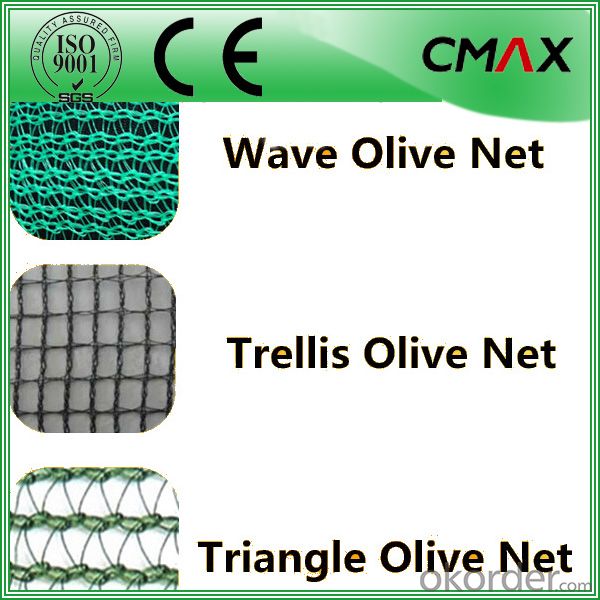
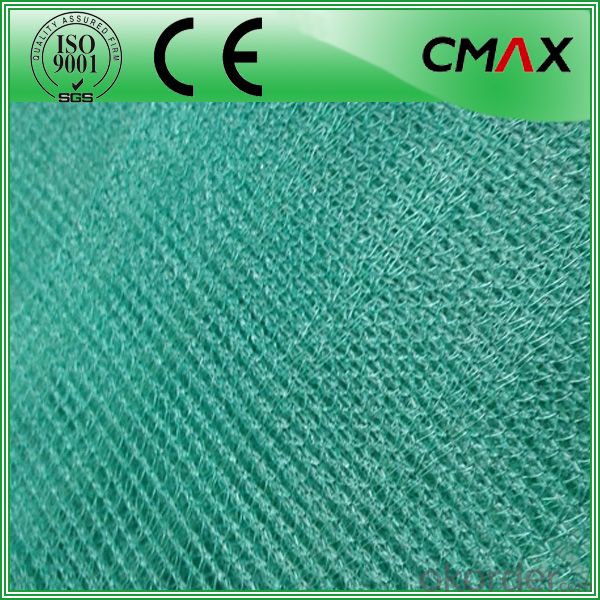
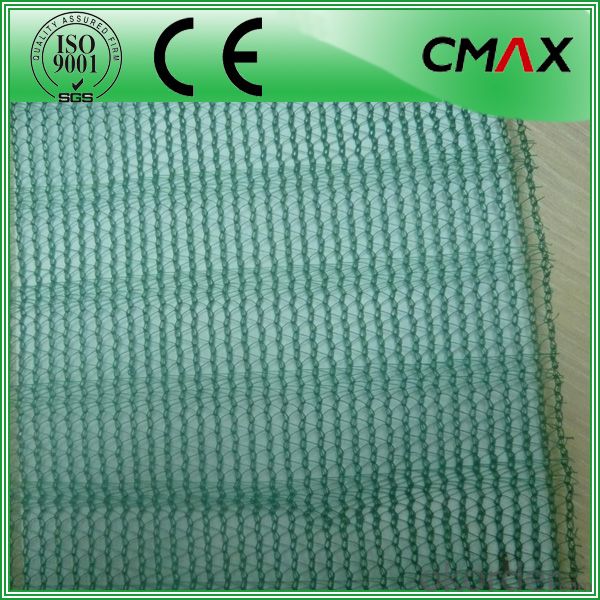
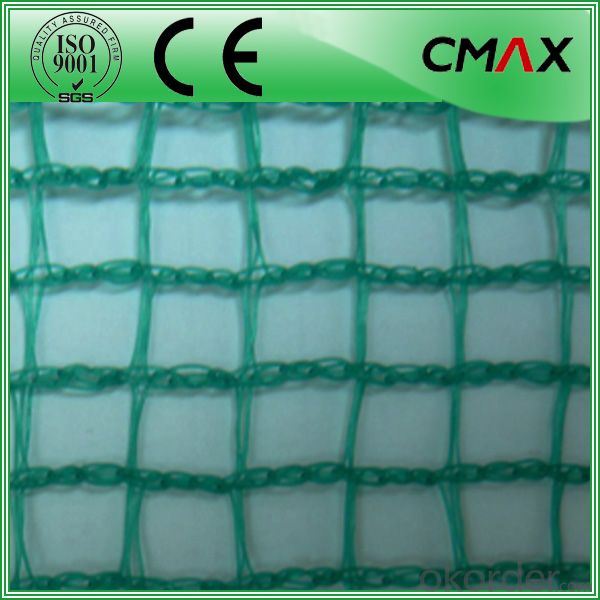
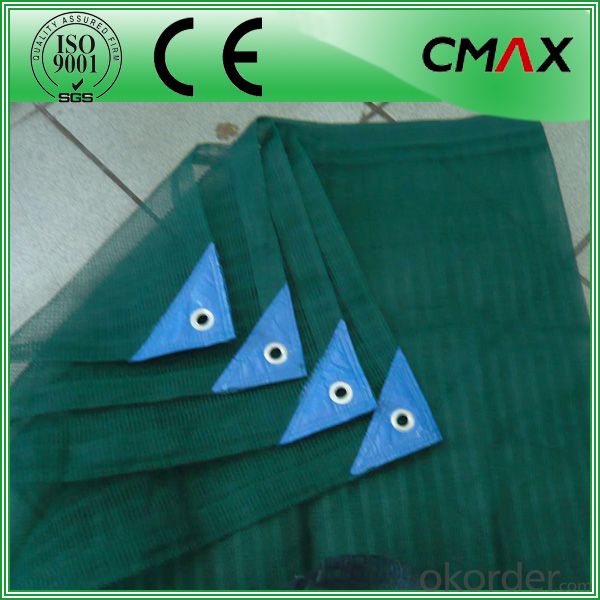
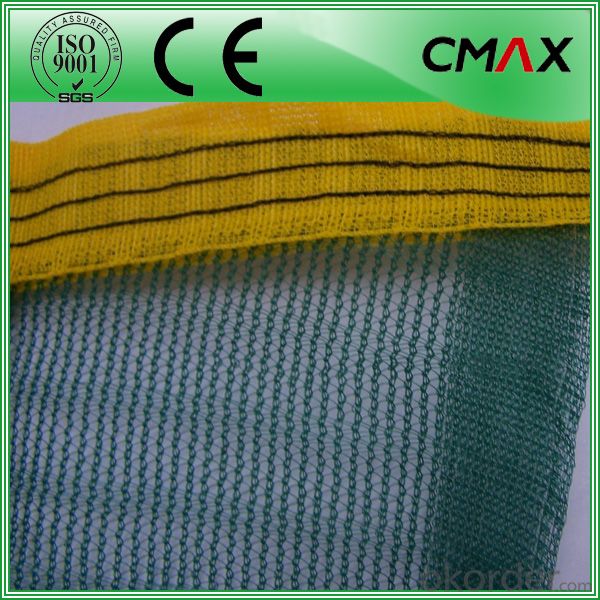

Process:

Shipping&Packing:
Delivery Time: 20 Working Days After Confirmed P.O.
Packaging: Each piece packed in plastic bag, and several pieces per bale with PP woven bag outside, or in rolls with inner paper tube with plastic bag outside.
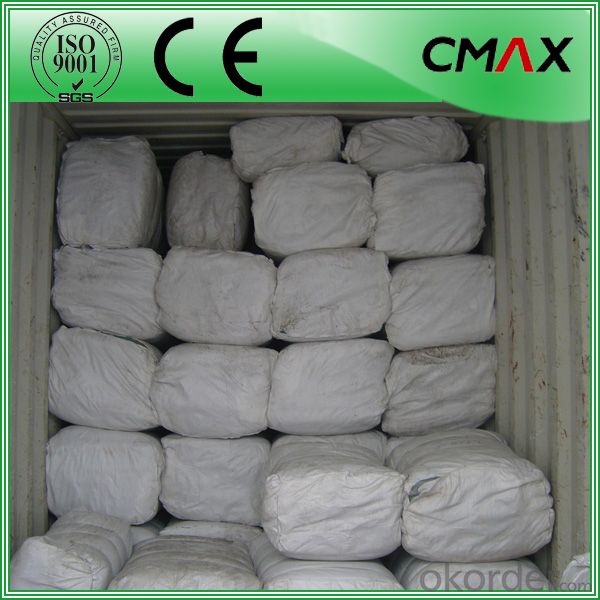
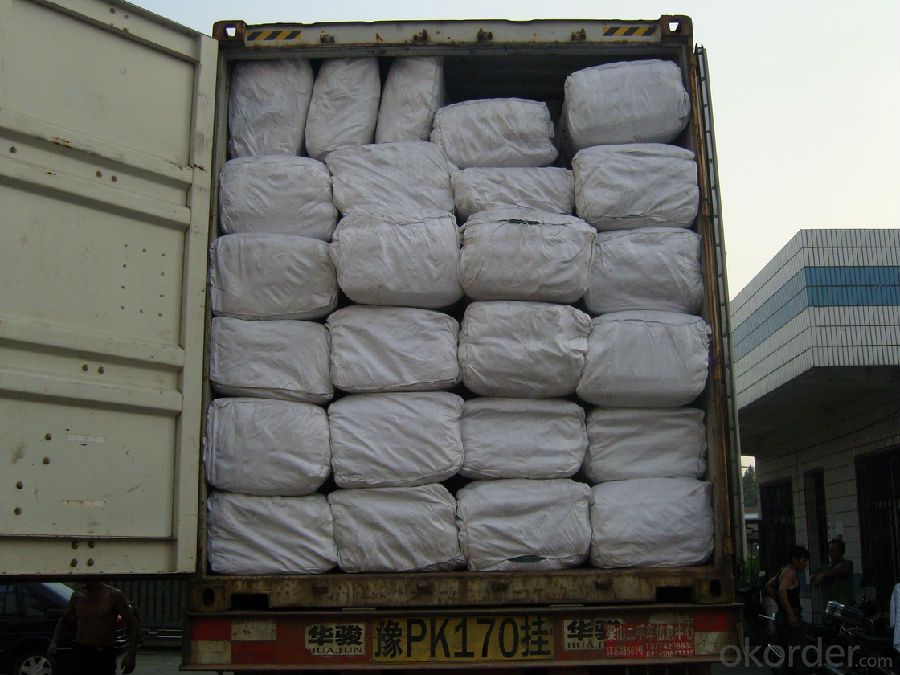
FAQ:
1.Q:Where is your factory located? How can I visit there?
A:Our factory is located in Shanghai, China. You can take flight to Shanghai Hongqiao airport, and 25 mins reach to our factory.
2.Q:What is the material of your products?
A: We use the raw material of High Density Polyethylene (HDPE) with UV Stabilized & Igranox to make our netting
3.Q:How does your factory do regarding quality control?
A: we are very proud to let you know that , We use the best raw material , have at least 5years experienced workers,
the advanced machine and specialized team to assure the quality
We perform Quality Control inspections on 100% of our products.
Our inspection standards are strictly in accordance with the ISO9001 certification system.
- Q: What is agricultural plastic?
- Agricultural plastic refers to various types of plastic materials used in farming and agricultural practices. This includes plastic films, mulch, containers, pipes, and other products used for purposes such as greenhouse coverings, crop protection, irrigation, and storage. These plastics help improve crop yield, protect plants from pests and diseases, conserve water, and enhance overall farming efficiency.
- Q: Is recycling plastic difficult? I was at Lowe's the other day, and they had a recycled plastic tote. It was half the price of the same size non-recycled tote. I thought about buying it, but the texture was rough and sand papery, and there was this noxious odor emanating from it that actually made me cough a few times (I wasn't being dramatic, I was alone.) So in my head I thought to myself, is recycled plastic actually difficult to produce into a tolerable product, or are the big plastic companies trying to make me think this to make me shy away from recyclables, because both totes were made from the same manufacturer.
- In general it is easy and inexpensive to recycle plastic. Your experience with the tote is strange and I wonder what was really being sold? To recycle plastic it is separated by type. PE. PP,PET and PETG are the most common packaging materials. Next comes the hardest part, which is removing all the labels and residues. Once the plastic is clean you just grind it into little bits and melt it to form pellets that can be melted and formed into new stuff. The amount of energy to do this is minimal. The plastic is not quite as strong, and cannot be made white or clear, but it is fine for many uses. These totes sound strange. Why would they have the rough texture, and the odor indicating a volatile outgassing? Plastics used for packaging do not outgas. Perhaps some new process that uses glue to bind dissimilar plastics? Best to leave those on the shelf.
- Q: Can nursery trays be stacked?
- Yes, nursery trays can be stacked on top of each other. Stacking them allows for efficient use of space and easy transportation or storage.
- Q: How do nursery trays help in seed germination?
- Nursery trays help in seed germination by providing a controlled and protective environment for the seeds. They ensure proper spacing, moisture retention, and temperature regulation, allowing seeds to germinate more effectively and uniformly. Additionally, nursery trays prevent seedlings from getting tangled or competing for resources, facilitating their healthy growth and development.
- Q: i know that you can get cancer from heating up plastic, like in a microwave, but can you get it from freezing plastic, like in a freezer. ????
- the federal, and california government says you can get cancer from looking at plastic. the only thing that doesn't give you cancer is... . .. .. (sorry, i don't think there is any ting left)
- Q: my english homework a speech on evil of using plastic bags?
- Plastic bags have long since been a staple of society. You go to the store, pile groceries into your cart, and they put them in those oh-so common plastic bags. Everywhere you go to shop they're there, and when you get home you just either keep the bags or, like most people do, throw them away. I can see plastic bags flying around outside, or on the sides of highways and such. That's called littering people! Why make such things if you're jsut going to throw them around! And if they get thrown away in a dump, there's no way taht things going to decompose for another 500-1000 years! Thats at least 3 generations that that trash will last! Not to mention the fact that we make so many, that who knows how many are already slowly decomposing. You people who at leastdont try to reuse plastic bags are evil people. You should be forced to wear a giant sign taped to your foreheads that says If your grandchildren and their children grow up in a trash heap of a planet then I'm to blame. Well, I can't do better than that. Hope it helps! Lol, not bad considering I wrote this.
- Q: What are the different types of mulch films used in agriculture?
- There are several types of mulch films used in agriculture, including clear or transparent films, black films, and biodegradable films. Clear films allow sunlight to penetrate the soil, promoting weed growth while conserving soil moisture. Black films prevent weed growth by blocking sunlight, and they also absorb heat, helping to warm the soil. Biodegradable films are designed to break down over time, reducing waste and minimizing environmental impact.
- Q: How does ground cover impact the overall soil structure?
- Ground cover can have a significant impact on the overall soil structure. It helps to protect the soil from erosion caused by wind or water, which helps maintain the soil's integrity. The roots of ground cover plants also help to stabilize the soil and prevent it from becoming compacted. Furthermore, ground cover can improve soil fertility by adding organic matter as it decomposes, enhancing its ability to retain moisture and nutrients. Overall, ground cover plays a crucial role in promoting healthy soil structure and ecosystem functioning.
- Q: in 1907 leo baekeland invented synthetic plastic...what were the uses for plastic in THAT time period, not today.any help would be appreciated, its a pain in the *** to find this :(helpand please even if you dont feel like typing out answers, put down a link i could use to help me out. and also how is plastic made, like the properties and such (links included here as well)
- Plastic is an adjective meaning able to be molded. Clay can be considered to be a plastic material. This means that plastics have been around for many centuries. Check out BASF's website. This will give you some idea as to what is happening today.
- Q: This question asks whether using plastic mulch in agriculture can enhance the soil's structure and fertility.
- <p>Yes, agricultural plastic mulch can improve soil structure and fertility. It helps retain soil moisture, reducing the need for irrigation and promoting root growth. Mulch also suppresses weed growth, conserving soil nutrients that would otherwise be competed for by weeds. Over time, as the mulch decomposes, it adds organic matter to the soil, enhancing soil structure and fertility. However, it's important to use biodegradable mulches to avoid long-term soil pollution from non-degradable plastics.</p>
Send your message to us
90g 100g 150g/m2 Olive Collecting Net with UV Protection in Pieces
- Loading Port:
- Wenzhou
- Payment Terms:
- TT OR LC
- Min Order Qty:
- 100 m²
- Supply Capability:
- 1000000 m²/month
OKorder Service Pledge
OKorder Financial Service
Similar products
Hot products
Hot Searches
Related keywords
